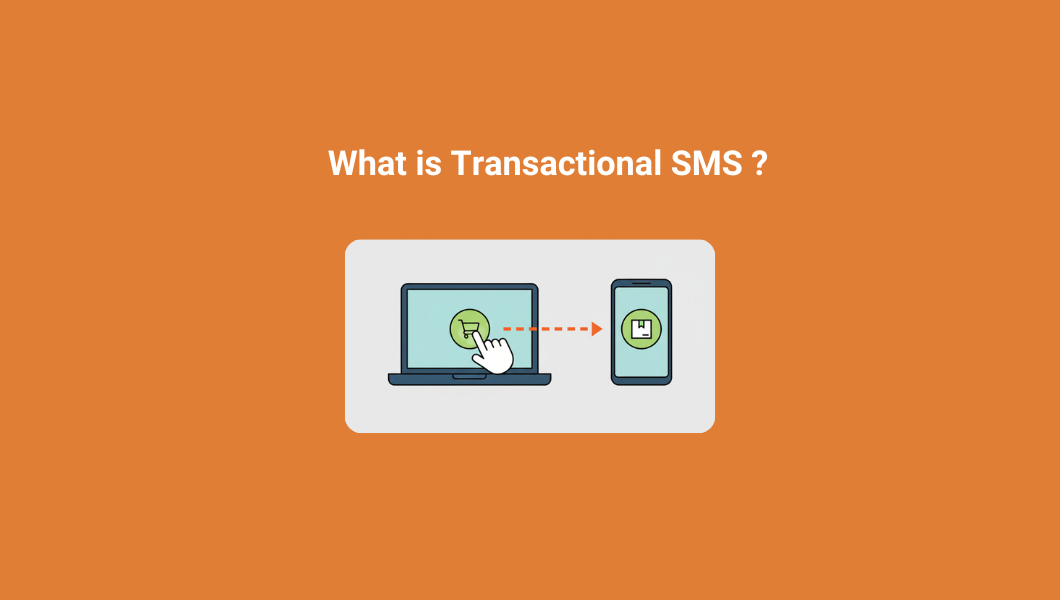A transactional SMS is an automated text message sent to a customer in response to a specific action or event. Unlike promotional messages, its purpose is purely informational. It delivers important, non-promotional updates such as account alerts, one-time passwords (OTPs), order confirmations, or service notifications. The primary goal of transactional SMS is to provide timely, […]

